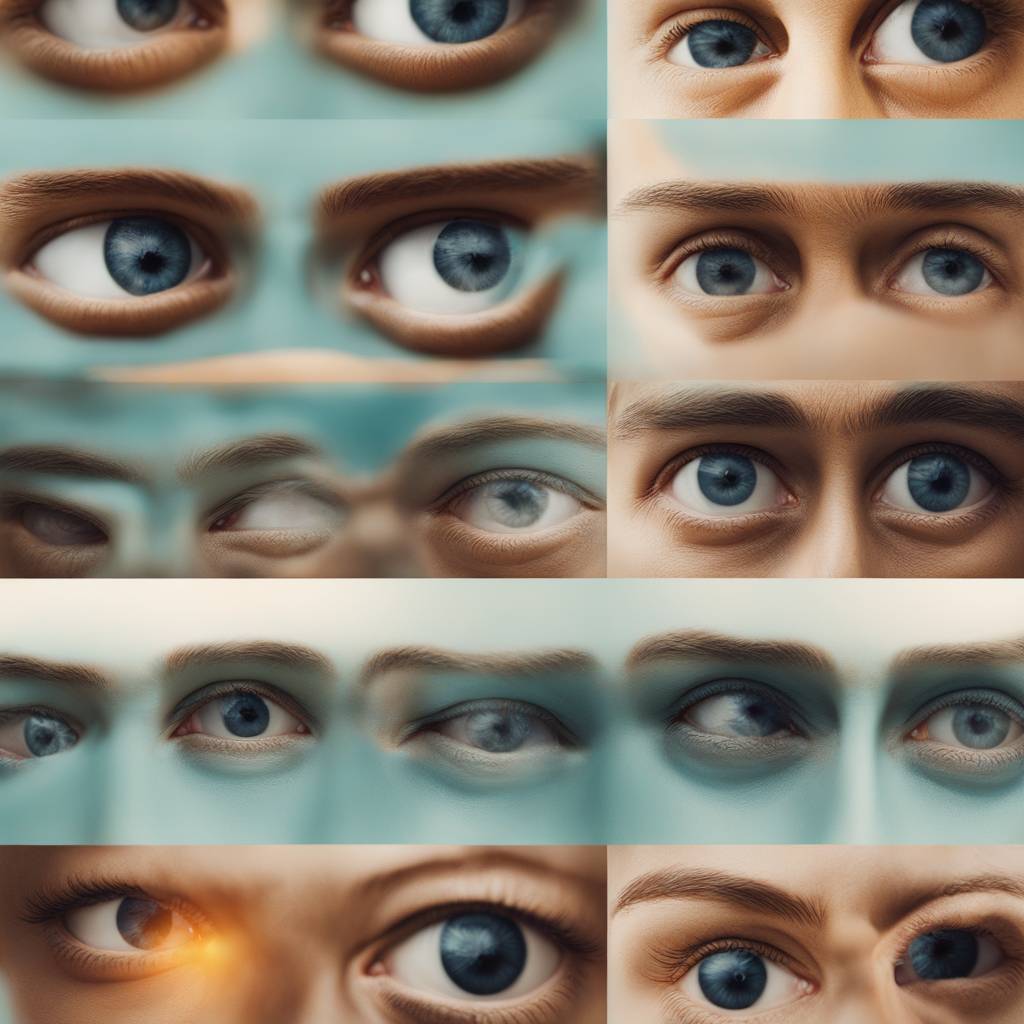Millions of Americans observed the total solar eclipse as it passed through the country, with many experiencing eye pain afterward. Google Trends data showed an increase in searches for “my eyes hurt” following the eclipse’s path of totality. NASA confirmed that the path crossed over the U.S.-Mexico border and was visible in the South Texas Plains before reaching Buffalo, New York. Prior to the event, experts had warned spectators not to look directly at the eclipse without protective glasses, as the light could potentially burn the retina, leading to solar retinopathy.
Solar retinopathy is defined as damage to the retinas caused by looking directly at a bright light, such as the sun. Individuals at higher risk of experiencing solar retinopathy include those who frequently engage in sun gazing or sunbathing, children, and individuals who do not wear protective eyewear when welding. Symptoms of solar retinopathy can range from watery eyes and headaches to more serious effects, such as blurred vision or eye pain. In rare cases, solar retinopathy can lead to permanent blindness or visual impairments. It is recommended to seek an examination by an ophthalmologist to test for retina irregularities rather than relying on self-examination or observation by others.
Many viewers wore eclipse glasses to protect their eyes during the eclipse, but some still experienced eye pain afterward. NASA advised that safe eclipse glasses must meet the standards set by the International Organization for Standardization (ISO) to ensure proper protection from harmful radiation. Some viewers may have also suffered from eye strain due to prolonged exposure to the eclipse. John Hopkins Medicine recommends resting the eyes and changing the environment to reduce bright lighting or glares to relieve symptoms of eye strain, which can include watery eyes, headaches, and blurry vision. Using over-the-counter dry eye drops may also be beneficial.
The risk of eye damage from viewing an eclipse without proper protection is equivalent to staring directly at the sun on a regular day. The light from the eclipse can cause burns to the retina, leading to symptoms such as eye pain, sensitivity to light, and blurred vision. Retina damage can result in various visual impairments, including metamorphopsia, micropsia, and scotoma, which can impact daily activities and quality of life. It is crucial to follow safety guidelines and use certified eclipse glasses to prevent eye damage and ensure a safe viewing experience of astronomical events.
Following the solar eclipse, many individuals sought information on why they were experiencing eye pain, leading to an increase in search queries online. Experts emphasize the importance of using protective eyewear and following safety guidelines to avoid eye damage during celestial events. While some viewers may still experience symptoms such as eye pain or eye strain despite wearing eclipse glasses, there are steps they can take to alleviate discomfort and reduce the risk of long-term vision problems. Proper eye care and regular check-ups with an ophthalmologist can help in maintaining healthy vision and preventing eye-related complications.








